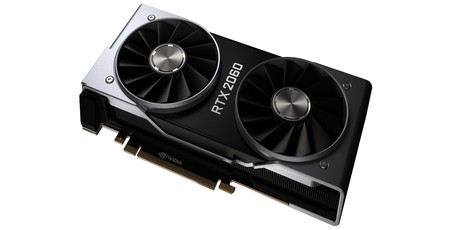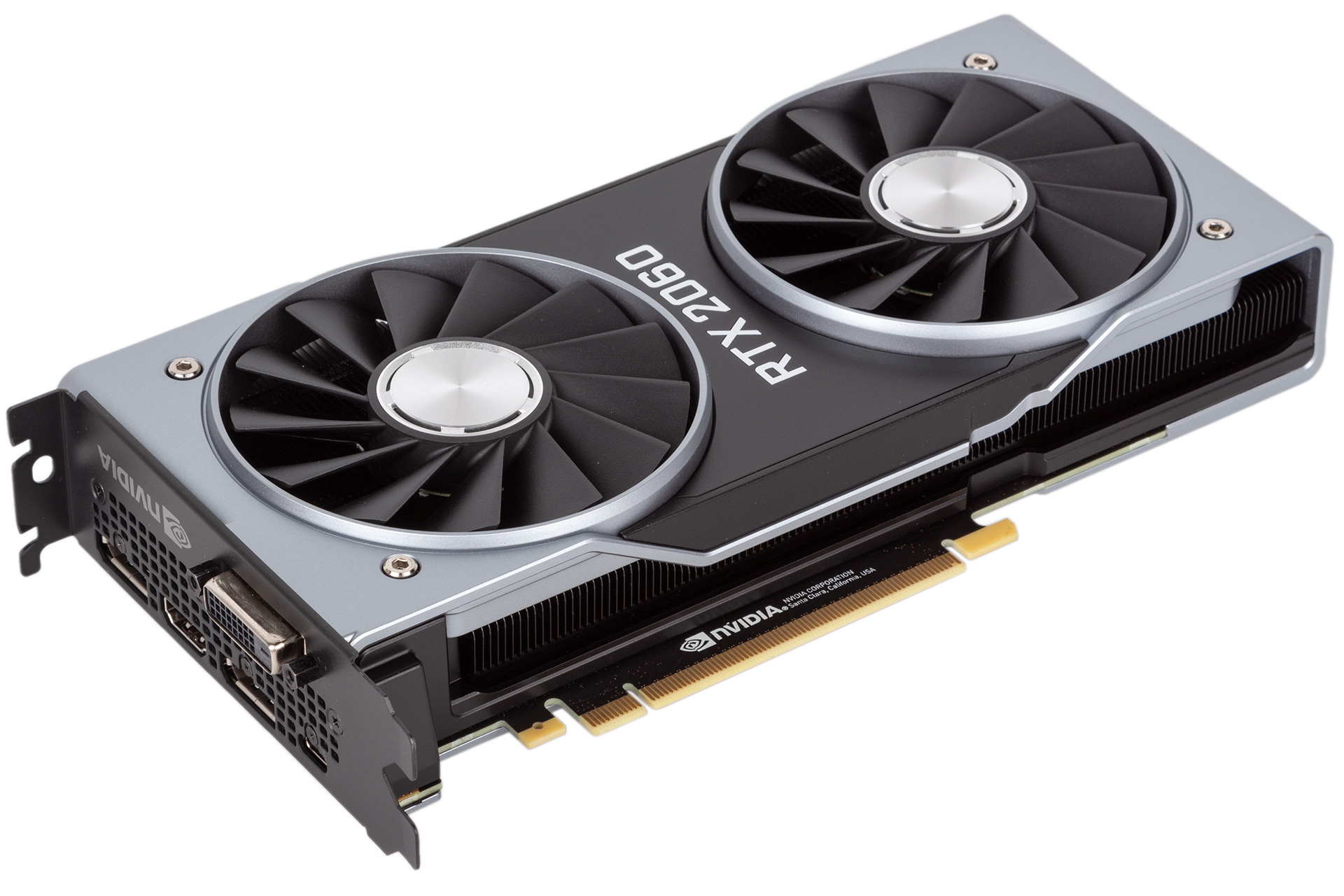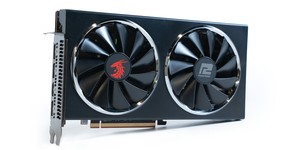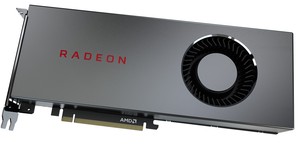
Nvidia’s RTX hardware has hitherto been a tough sell thanks to a combination of high pricing and the inclusion of technology that is largely unproven – even now, nearly four months after launch – as a result of a slow adoption rate by game developers of the Deep Learning Super Sampling (DLSS) and real time ray tracing techniques needed to truly leverage RTX’s Turing architecture to its full potential.
The latter half of that equation is changing slowly but surely: Final Fantasy XV now has functioning DLSS in the real game, and Battlefield V has real time ray tracing working too. Sure, that’s only two games in the entire PC landscape, but the latter will also feature DLSS in an upcoming patch, and the two technologies are set to arrive in more games later this year.

As for price, that’s where the RTX 2060 comes in. Currently without truly competitive silicon from rival AMD and especially now that GTX stock is thinning out and often expensive at retail, Nvidia is under no pressure to drop pricing on existing RTX parts – Radeon VII might change that, but that’s still just under a month away. Either way, the RTX 2060 is a new part that brings RTX hardware to its lowest price point yet: £329/$349. Despite Nvidia’s best efforts to convince us otherwise, we’re not ready to describe this as ‘mainstream’ pricing, but it is undeniably more appealing than base prices for the RTX 2070 of around £460. Examining the new specs table will help reveal how Nvidia is reaching this new low:
| Nvidia GeForce RTX 2080 Ti | Nvidia GeForce RTX 2080 | Nvidia GeForce RTX 2070 | Nvidia GeForce RTX 2060 | |
| Architecture | Turing | Turing | Turing | Turing |
| Codename | TU102 | TU104 | TU106 | TU106 |
| Base Clock | 1,350MHz | 1,515MHz | 1,410MHz | 1,365MHz |
| Boost Clock | 1,545MHz | 1,710MHz | 1,620MHz | 1,680MHz |
| Layout | 6 GPCs, 68 SMs | 6 GPCs, 46 SMs | 3 GPCs, 36 SMs | 3 GPCs, 30 SMs |
| CUDA Cores | 4,352 | 2,944 | 2,304 | 1,920 |
| Tensor Cores | 544 | 368 | 288 | 240 |
| RT Cores | 68 | 46 | 36 | 30 |
| Rasterisers | 6 | 6 | 3 | 3 |
| Texture Units | 272 | 184 | 144 | 120 |
| ROPs | 88 | 64 | 64 | 48 |
| Peak TFLOPS (FP32) | 13.4 | 10 | 7.5 | 6.2 |
| Peak TIPS (INT32) | 13.4 | 10 | 7.5 | 6.2 |
| Peak FP16 Tensor TFLOPS (FP16 Accumulate) | 107.6 | 80.5 | 59.7 | 51.7 |
| Giga Rays/sec | 10 | 8 | 6 | 5 |
| RTX-OPS | 76 | 57 | 42 | 37 |
| Transistors | 18.6 billion | 13.6 billion | 10.8 billion | 10.8 billion |
| Die Size | 754mm2 | 545mm2 | 445mm2 | 445mm2 |
| Process | 12nm FFN | 12nm FFN | 12nm FFN | 12nm FFN |
| Memory | 11GB GDDR6 | 8GB GDDR6 | 8GB GDDR6 | 6GB GDDR6 |
| Memory Data Rate | 14Gbps | 14Gbps | 14Gbps | 14Gbps |
| Memory Interface | 352-bit | 256-bit | 256-bit | 192-bit |
| Memory Bandwidth | 616GB/s | 448GB/s | 448GB/s | 336GB/s |
| TDP | 250W | 215W | 175W | 160W |
A quick note: These are the base level specifications for each part. With RTX 2060, Nvidia’s Founders Edition will run with the same specifications as you see above, whereas other RTX FE cards have featured overclocks and slightly higher TDPs. Similarly, the FE pricing reflects base-level pricing for the RTX 2060; third parties will still have more expensive offerings, but anyone hoping for cards significantly below £329 will likely be disappointed – though we won’t know for sure until next week at launch.
As you can see, in this second outing of the TU106 GPU both core and memory have taken a hit relative to the RTX 2070 where it is fully enabled.
Slicing the Turing SM count from 36 to 30 produces an equivalent 16.7 percent reduction in the CUDA, RT, and Tensor core counts as well as in the Texture Unit total, as each SM incorporates a given fixed number of each of these. Nvidia may be able to make back some lost performance with clock speeds, though, as although the base clock of RTX 2060 is below RTX 2070, the boost clock is higher. Of course, exact boosting will depend on the thermals/power/voltage of the card in question, but since the FE thermal designs are shared we would certainly expect the RTX 2060 to boost further more often. Sadly, Nvidia never gave us the RTX 2070 FE, so we can’t be certain here.
You might remember that ROPs and L2 cache segments are tied to memory controllers in Turing, so the loss of two memory controllers (256-bit interface down to 192-bit) also means a 25 percent reduction in ROPs and L2 cache, the latter of which falls from 4MB to 3MB.
Similarly, we move from 8GB GDDR6 to 6GB GDDR6, again a 25 percent hit. On the surface, 6GB seems low considering that the RX 580 8GB is readily available for £220, so Nvidia will be relying on its memory compression algorithms, the improved size/speed of L2 in Turing, and the raw speed of GDDR6 to compensate. For example, the GDDR6 memory keeps its full speed of 14Gbps, giving us a total memory bandwidth of 336GB/s, which is 31 percent more than the RX 590/RX 580.
On paper, then, the RTX 2060 looks good relative to RTX 2070; performance loss shouldn’t be more than 25 percent, and on average we’d expect it to be around 20 percent, yet the card’s price puts it at almost 30 percent less than the cheapest RTX 2070s.
Let’s examine the FE card a little more closely before diving into the results.

MSI MPG Velox 100R Chassis Review
October 14 2021 | 15:04








Want to comment? Please log in.